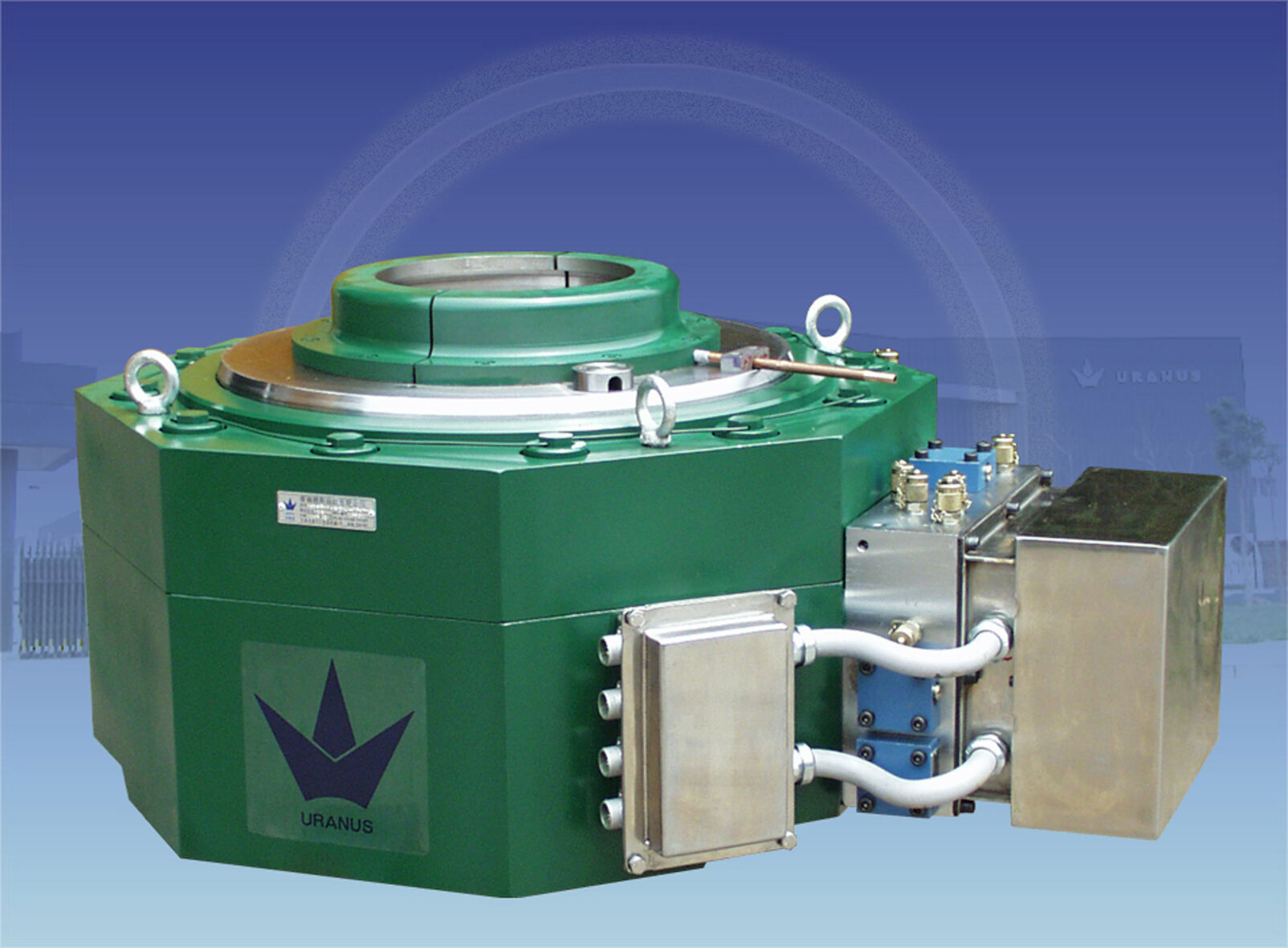Core Materials in Piston Rod Construction
High-Strength Steel Alloys for Hydraulic Cylinder Applications
High-strength steel alloys play a vital role in the construction of piston rods used in hydraulic cylinders due to their exceptional durability and reliability. These materials can endure significant pressures and are designed for high-stress applications. Among the preferred alloys are SAE 4130 and 4340, renowned for their fatigue properties and tensile strength, often exceeding 1000 MPa. These qualities are crucial for maintaining the integrity of hydraulic systems exposed to constant pressure cycles and stress. Industry experts often emphasize the importance of specific heat treatment processes, such as quenching and tempering, to tailor the material properties to the demands of various applications. Such treatments enhance the resilience and adaptability of steel alloys, making them a top choice in environments characterized by heavy loads and repeated usage.
Aluminum and Composite Innovations in Modern Designs
Recent advancements in aluminum alloys and composites offer exciting prospects in piston rod construction by improving the weight-to-strength ratio. Materials like 7075 aluminum and carbon fiber composites are gaining traction as attractive alternatives for lightweight hydraulic applications. These innovations bring high tensile strength while ensuring the components remain lightweight, ultimately contributing to more efficient designs. Such materials are increasingly utilized in the aerospace and automotive industries, where reducing weight enhances performance and fuel efficiency. The quest for efficiency in these sectors drives the demand for advanced materials that can provide both strength and reduced weight without compromising on durability.
These advancements are reshaping traditional industries, paving the way for heightened efficiency and performance in modern hydraulic systems.
Surface Treatments for Enhanced Performance
Chrome Plating for Hydraulic Lift Table Rods
Chrome plating stands out as a prominent surface treatment for hydraulic lift table rods, enhancing both wear resistance and protection against corrosion. This technique involves an electroplating process, which deposits a thin, yet resilient layer of chromium onto the rod’s surface, significantly prolonging its lifespan. According to industry specialists, achieving the right thickness and uniformity of the chrome layer is crucial to ensure optimal performance and longevity in hydraulic lift systems. These factors directly influence the durability and reliability of the system under consistent operational stress.
Nitriding Processes in Rotary Actuator Systems
Nitriding is a specialized heat treatment process that significantly enhances the surface hardness of components used in rotary actuator systems. The process involves the diffusion of nitrogen into the surface layer of steel, creating a hard outer shell that is resistant to both wear and fatigue. Research indicates that components treated with nitriding exhibit a notable increase in service life and operational reliability, making it an attractive option for industries demanding high-performance standards. Such improved durability reduces maintenance costs and downtime, essential for systems working under cyclical loads or harsh conditions.
Advanced Ceramic Coatings for Extreme Conditions
In extreme industrial environments, advanced ceramic coatings offer unmatched resistance to high temperatures and corrosion, making them ideal for hydraulic systems operating under severe conditions. These coatings can be applied using methods like thermal spraying or chemical vapor deposition, which ensure robust adherence to the piston rod’s substrate. Evidence from various industrial applications highlights that ceramic-coated piston rods can endure abrasive wear effectively, thus prolonging maintenance intervals and subsequently reducing overall operational costs. This makes ceramic coatings a highly efficient solution for demanding applications that require durability and long-term performance.
Manufacturing Techniques for Durability
Precision Forging in Hydraulic Power Unit Components
Precision forging is critical for enhancing the durability of hydraulic power unit components. By ensuring uniform material distribution and structural integrity, this manufacturing technique significantly contributes to component longevity. Unlike casting, precision forging minimizes defects, leading to components that can withstand high-stress applications efficiently. Industry data reveals that components manufactured through precision forging often exhibit enhanced performance characteristics, thus reducing failure rates. This durability makes precision-forged components particularly valuable for hydraulic power units that encounter demanding operating conditions.
CNC Machining Standards for Critical Applications
CNC machining is indispensable for achieving the high precision required in manufacturing critical hydraulic components like piston rods. Advanced CNC systems facilitate the creation of complex geometries and tight tolerances, which are essential for ensuring the optimal fit and functionality in hydraulic systems. Studies indicate that CNC-manufactured components drastically reduce variability, which in turn, increases reliability in demanding hydraulic applications. This level of precision manufacturing is vital for components that need to operate under high pressure and extreme conditions, guaranteeing consistent performance and longevity. Integrating CNC machining standards thus enhances the overall quality and durability of hydraulic systems.
Applications Across Hydraulic Systems
Aerospace Hydraulic Systems
In the aerospace industry, hydraulic systems are crucial for safety and performance, relying heavily on advanced materials and construction. Materials used in piston rods must meet rigorous standards like AS9100, which ensure that hydraulic components can withstand extreme operating conditions. According to industry statistics, failure rates in aerospace hydraulic systems can be significantly reduced through the use of high-quality piston rods and well-designed hydraulic circuits, which enhance performance and reliability in demanding applications.
Marine Engineering Challenges
Marine engineering is faced with distinctive challenges for hydraulic systems, stemming largely from seawater's corrosive nature and the demanding operational environments faced at sea. Materials for piston rods must be designed to resist corrosion while simplifying maintenance, often employing specialized coatings for enhanced durability. Case studies show that hydraulic systems, which utilize high-performance piston rods, are capable of operating effectively in harsh marine conditions without the need for frequent replacements, thereby sustaining operational efficiency and reducing costs associated with maintenance.


